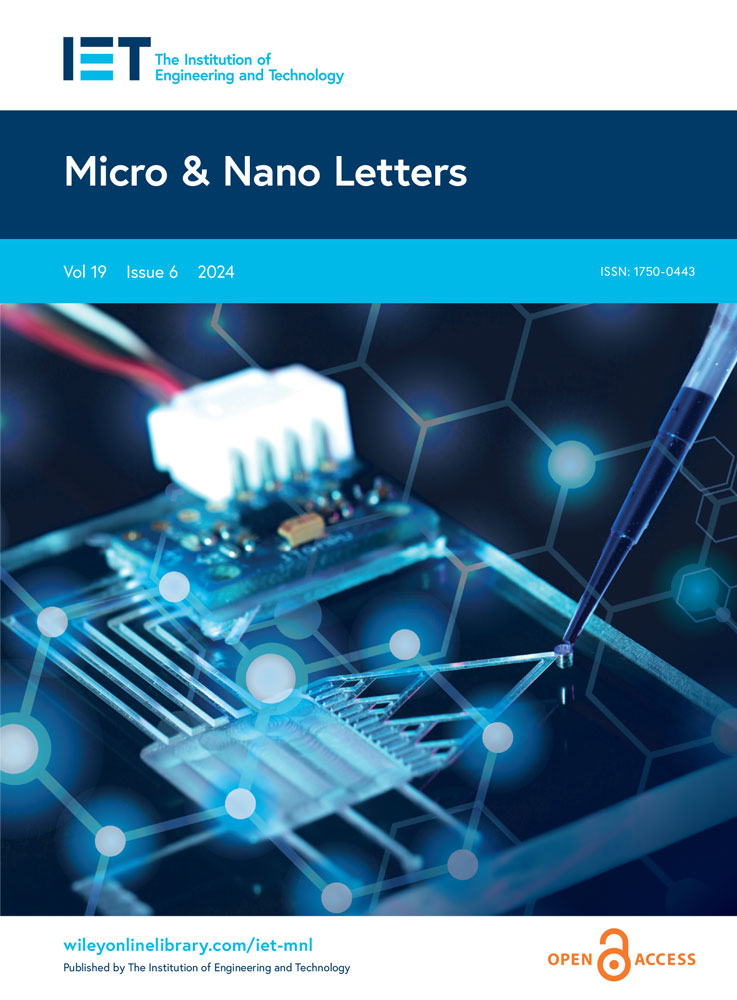Extraction and Modification of Cellulose Microfibers Derived from Biomass of the Amazon Ochroma pyramidale Fruit
IF 2.4
4区 材料科学
Q4 MATERIALS SCIENCE, MULTIDISCIPLINARY
引用次数: 0
Abstract
Microfibers are important to several areas of human lifestyle, and the knowledge about their physicochemical characteristics allows for proposing new technological applications. The in natura microfiber of Ochroma pyramidale fruit (IN sample) and its extracted pulp (PU sample) were evaluated by X-ray Diffraction (XRD), Scanning Electron Microscopy (SEM), Fourier Transform Infrared Spectroscopy (FTIR) and Thermogravimetry and Differential Scanning Calorimetry (TG/dTG and DSC). Microfibers were composed mainly of (68 ± 1)% holocellulose, (35.8 ± 0.1)% cellulose, (32 ± 3)% lignin and (3.7 ± 0.3)% extractives. The XRD pattern of the PU sample revealed that the mercerization process resulted in the change of the cellulose crystal structure from Iα type (triclinic) to type II (monoclinic). The SEM technique showed that the IN sample presented regular cylindrical/hollow-shaped wire-like microfibers with diameters ranging from 5 µm to 25 µm. However, the mercerization process changed their natural morphology. A significant change in the FTIR spectra after the removal of hemicellulose and lignin components was observed: weak bands at 1739 cm−1 (C=O stretching of lignin and hemicellulose fractions), 1463 cm−1 (CH3 of lignin) and 1246 cm−1 (C-O of lignin) were still observed in the PU sample, indicating that the lignin was not completely removed due to the natural difficulty of isolating pure cellulose. The TG/dTG and DSC evaluation revealed a temperature increase of the second thermal event (starting at 235 °C) in the PU sample, which was assigned to the cellulose and residual hemicellulose degradation. Then, this work aimed to disseminate and characterize a microfiber with unusual characteristics still little explored by the scientific community, as well as its cellulosic pulp, providing information that may be useful in its application in different industries, enabling the positive development of new biocompatible, renewable and sustainable materials.亚马孙黑锥果生物质纤维素微纤维的提取与改性
微纤维对人类生活方式的几个方面都很重要,对其物理化学特性的了解可以提出新的技术应用。采用x射线衍射(XRD)、扫描电镜(SEM)、傅里叶变换红外光谱(FTIR)、热重法和差示扫描量热法(TG/dTG和DSC)等分析方法,对天然锥体果(in样品)及其提取果肉(PU样品)的超细纤维进行了表征。微纤维主要由(68±1)%的全新纤维素、(35.8±0.1)%的纤维素、(32±3)%的木质素和(3.7±0.3)%的萃取物组成。PU样品的XRD分析表明,丝光过程导致纤维素晶体结构由Iα型(三斜)转变为II型(单斜)。扫描电镜技术表明,IN样品呈现出规则的圆柱形/空心线状微纤维,直径范围为5µm ~ 25µm。然而,丝光过程改变了它们的自然形态。在去除半纤维素和木质素组分后,FTIR光谱发生了显著变化:在PU样品中仍然观察到1739 cm−1(木质素和半纤维素组分的C=O拉伸),1463 cm−1(木质素的CH3)和1246 cm−1(木质素的C-O)处的弱带,这表明由于分离纯纤维素的天然困难,木质素没有被完全去除。TG/dTG和DSC评估显示PU样品中的第二次热事件(开始于235℃)温度升高,这归因于纤维素和残余半纤维素的降解。然后,这项工作旨在传播和表征一种具有不同寻常特性的超细纤维,科学界仍然很少探索它的纤维浆,为其在不同行业的应用提供有用的信息,从而促进新的生物相容性,可再生和可持续材料的积极发展。
本文章由计算机程序翻译,如有差异,请以英文原文为准。
求助全文
约1分钟内获得全文
求助全文
来源期刊

Micro & Nano Letters
工程技术-材料科学:综合
CiteScore
3.30
自引率
0.00%
发文量
58
审稿时长
2.8 months
期刊介绍:
Micro & Nano Letters offers express online publication of short research papers containing the latest advances in miniature and ultraminiature structures and systems. With an average of six weeks to decision, and publication online in advance of each issue, Micro & Nano Letters offers a rapid route for the international dissemination of high quality research findings from both the micro and nano communities.
Scope
Micro & Nano Letters offers express online publication of short research papers containing the latest advances in micro and nano-scale science, engineering and technology, with at least one dimension ranging from micrometers to nanometers. Micro & Nano Letters offers readers high-quality original research from both the micro and nano communities, and the materials and devices communities.
Bridging this gap between materials science and micro and nano-scale devices, Micro & Nano Letters addresses issues in the disciplines of engineering, physical, chemical, and biological science. It places particular emphasis on cross-disciplinary activities and applications.
Typical topics include:
Micro and nanostructures for the device communities
MEMS and NEMS
Modelling, simulation and realisation of micro and nanoscale structures, devices and systems, with comparisons to experimental data
Synthesis and processing
Micro and nano-photonics
Molecular machines, circuits and self-assembly
Organic and inorganic micro and nanostructures
Micro and nano-fluidics
 求助内容:
求助内容: 应助结果提醒方式:
应助结果提醒方式:


